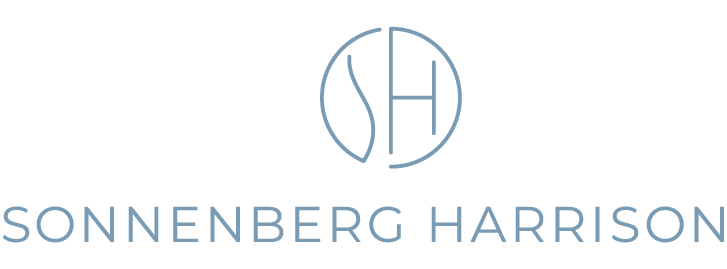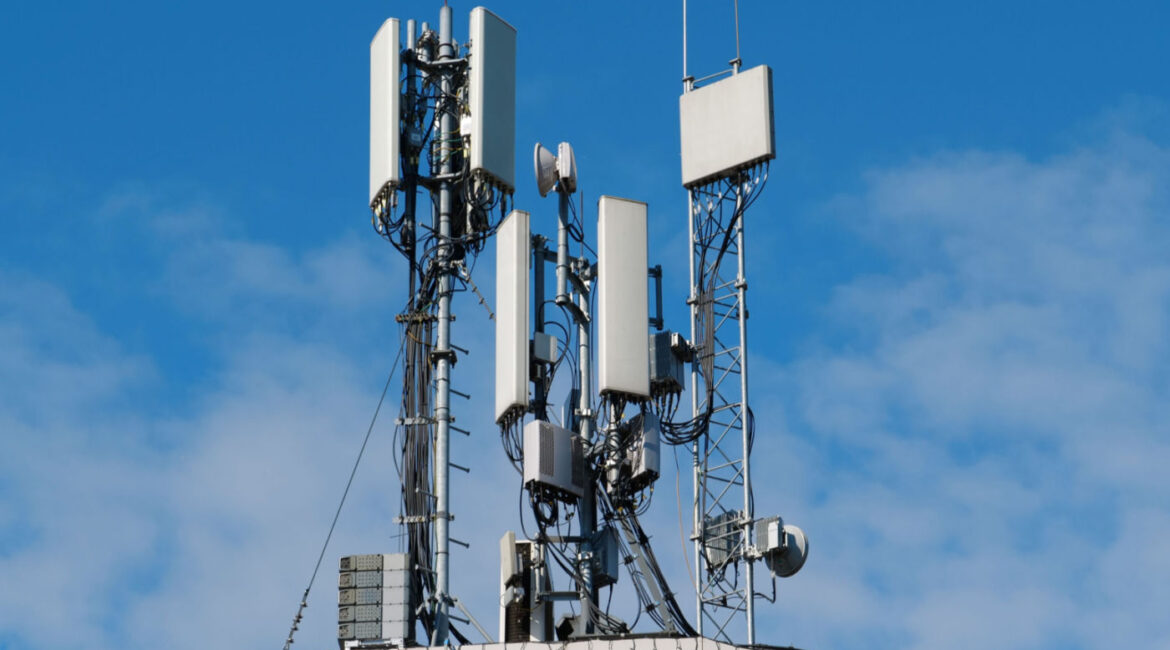The German Federal Court of Justice recently provided guidance on the level of disclosure of the invention required for a patent to be valid. The case (number X ZR 16/20 from 29 March 2022 – headlined “Übertragungsleistungssteuerungsverfahren”) concerned a mobile communications system for communication between a base station and a plurality of mobile devices, such as smartphones. The patent proprietor sued, and the defendants challenged the validity of the patent on the grounds that the patent did not describe the invention so clearly and completely that a person skilled in the art would have been able to reproduce the invention. The first instance court (Bundespatentgericht – Federal Patent Court) agreed and revoked the patent. The patent proprietor appealed the decision).
The Federal Court of Justice affirmed the revocation of the patent. The Court referred to its previous case law that the invention would be sufficiently disclosed if the skilled person is able, with an inventive step and without unreasonable difficulties, to practically realize the teachings of the patent claim on the basis of the overall disclosure of the patent specification in combination with the (skilled person’s) general knowledge at the date of filing (or priority date) in such a way that the desired success is achieved, i.e., the invention could be reproduced (see Decision X ZR 51/06).
The challenge in the current case was the reference in the claim to a “downward traffic channel” which had two different modes of operation in two different embodiments of the application, but there was no disclosure of how it would be possible for the downward traffic channel to operate at the same time in the two different modes. The IS-95 telecommunications standard referred to in the description provided no use of the downward traffic channel, and the court concluded that there was no sufficient disclosure for practicability.
As the Court highlighted, the information contained in the patent description must provide the skilled person with at least enough technical information to enable them to use their technical knowledge and expertise to implement the invention (Decision X ZR 15/82). The patent specification must at least indicate by which means and in which way the technical teaching in the claim can be realized. This requirement is not met if the patent specification merely states an abstract objective in keywords, without even hinting at how this objective might be achieved.
The patent specification failed to describe how the downward traffic channel could be created which could be accessed by all the mobile stations. The prior art showed a downward traffic channel typically assigned to a single mobile station. The skilled person would therefore be confronted with the task of working out a concept for implementing the abstract objective knowledge from scratch without being able to reference any technical information in the patent specification and supplement this information with their own technical knowledge. Thus, the Court concluded, that the specification did not meet the requirements for an executable disclosure.
The decision of the Court shows once again the need to describe in detail the implementation of all the elements set out in a claim, and also to avoid possible conflicts in the operation of the elements in different embodiments of the description. It appears that the patent proprietor relied for support on the IS-95 Second Generation telecommunication standard to support its case. The court dismissed this reliance by highlighting the lack of reference to a downward traffic channel in the IS-95 standard.
Please get in touch if you need more information about how to describe a telecommunications invention, implemented in software, in a patent application.



